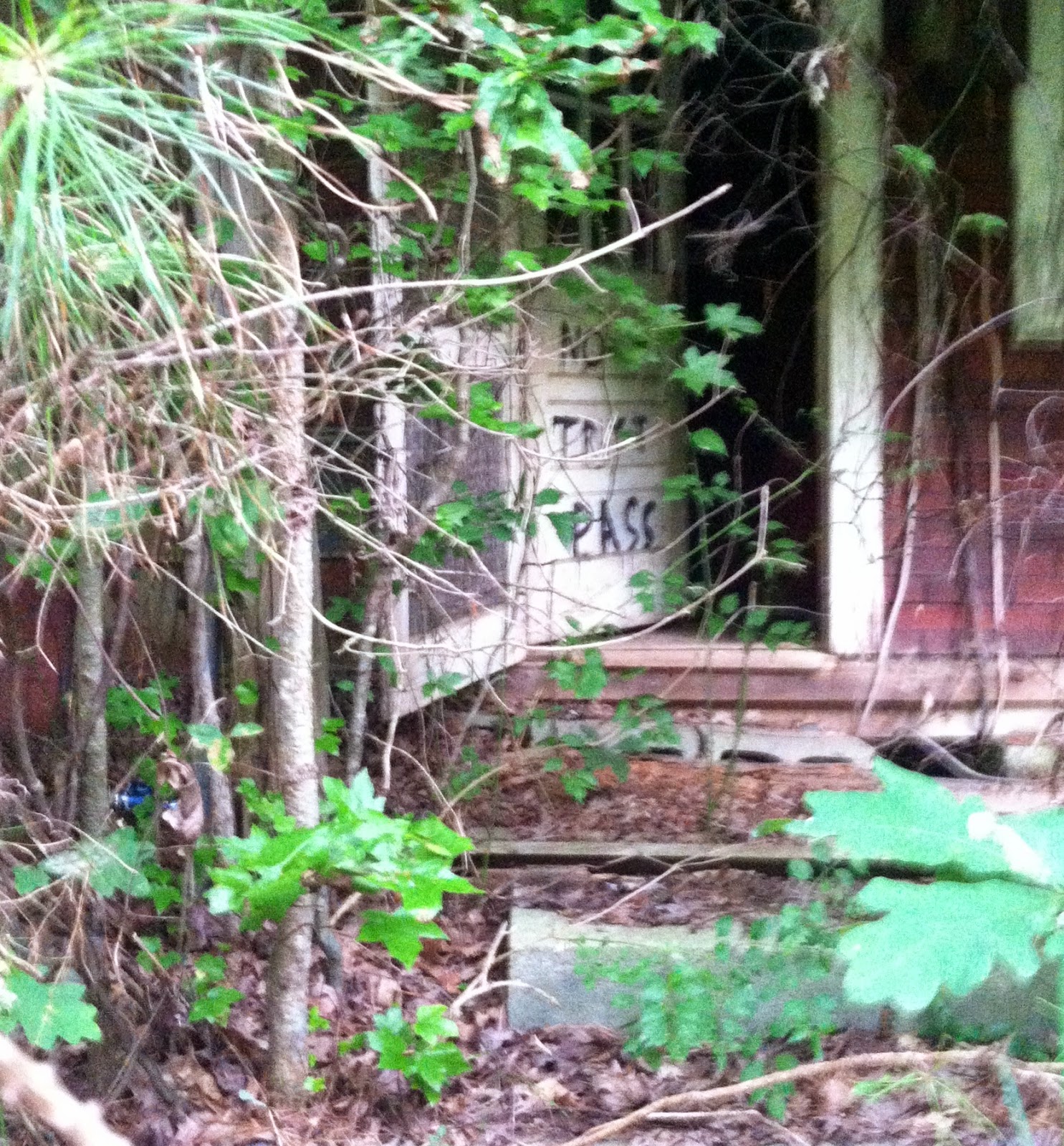October 20th is observed each year by the National Council of Teachers of English as the National Day on Writing to highlight the variety of writing that we engage in and share #whyiwrite. This year, the National Writing Project has invited us to get outside and write during the #writeout campaign in partnership with National Parks. This year I joined in.
On a long stretch of county road bordered by farmland in Green County, NC, just outside of the small town of Snow Hill, a monument stands. For the longest time I have passed this monument when traveling HWY 58, thinking to myself, "I wonder what that is...I should stop one day and see." Today, I finally made that happen.
I pulled my car onto the unmarked grassy area and avoided the pavers. There is no parking lot, but there is a large circular area of paver stones. In the absence of signs or other markers directing where to park, I felt I should not park on the pavers. I wanted to be respectful.
A bald cypress grows surrounded by a circular structure that you can enter through the carved archway. I don't know what the images mean, but I can make out the human form, feather headdress, a long house, and perhaps the image of a fence structure. I wonder what the expectations are for exploring this monument. I offer up intentions of respect and curiosity. I feel the irony as I move through the arch.
On either side of the circle are six cut logs positioned upright. Are these intended to be for sitting or are they symbolic?
To the left a brick spiral with the center area being a repository for shells, stones, and small pieces of burned wood. Shells are usually symbols for protection or strength, as are rocks. What is the representation of the burned wood?
To the right is a brick path of twists and turns. There are no additional items here. What do the twists and turns mean? What does this space symbolize?
Immediately ahead, around the base of the cypress, castings of hands and what appears to be offerings of corn, flowers, animal relics, and fruit. Behind that a mound of stones flanked by carved metal. Who is bringing offerings? Are there Tuscarora descendants still living in eastern NC?
My #writeout location for the National Day on Writing was the Nooherooka Monument. After Googling Nooherooka Tuscarora I discovered the story of this monument. From childhood I remembered learning about the Tuscarora in the past tense, as if they did not exist anymore. I vaguely remember an exhibition that used to be on display at the old Rocky Mount Children's Museum at Sunset Park. It was like a display window at a department store with a mannequin and flora and fauna meant to depict what the Tuscarora looked like and what the area looked like when they were still here. I don't remember much else except a lingering child's curiosity about what happened to the Tuscarora and wishing I could have met them.
From the website about the monument I learned that this site commemorated the last Tuscarora Fort stronghold in the area. When colonists obliterated the fort it "opened up North Carolina" to more colonial settlement. The fort was burned killing hundreds. Hundreds more who were captured were taken to South Carolina and sold into slavery. Other Tuscarora in surrounding areas left their homes and forts going north joining the Iroquois. Some others were forced onto a reservation in Hyde County. Tuscarora descendants held non-violent protests that eventually led to the creation of this monument, but they are still not a Federally recognized group in North Carolina like the Tuscarora from New York are.
Also from the website I learned the symbology of the monument:
“The monument is encircled by a 30 foot diameter circle made of concrete. A 15-foot high steel
arch represents the entrance to a longhouse and dominates the grouping. A bronze plaque depicting
a longhouse, corn, and hemp marks the left side of the arch. A bronze plaque depicting a wampum
belt marks the right side of the arch. To either side of the arch is a wedge-shaped piece of concrete
with the word Tuscarora engraved on the left side and Nooherooka on the right.
Inside the circle, a path of bricks represents the tributary where the fort is situated.
On either side, geometric shapes are filled with crushed stone. One shape represents the outline of
the Nooherooka fort, while the other depicts the counterclockwise spiral of a traditional dance.
An arcs of six concrete tree stumps, representing the six nations of the Iroquois, completes the
monument.
The spelling of the fort has been rendered as Nooherooka and Neoheroka. Standing opposite
the entrance is a reflective stainless mound with both flat and curved faces, and a tree representing
the Tuscarora nation.”
I took a moment to reflect on the gravity and sacredness of this place.
The monument is entrusted to the Greene County Museum as custodian. I wonder how this monument can become known to more. For this National Day on Writing, I offer my observations and experiences at the Tuscarora Nooherooka Monument. To understand the world around me, to understand others, to understand myself...that is #whyiwrite. To understand and commune with the natural world is why I #writeout. Come write with me.





















